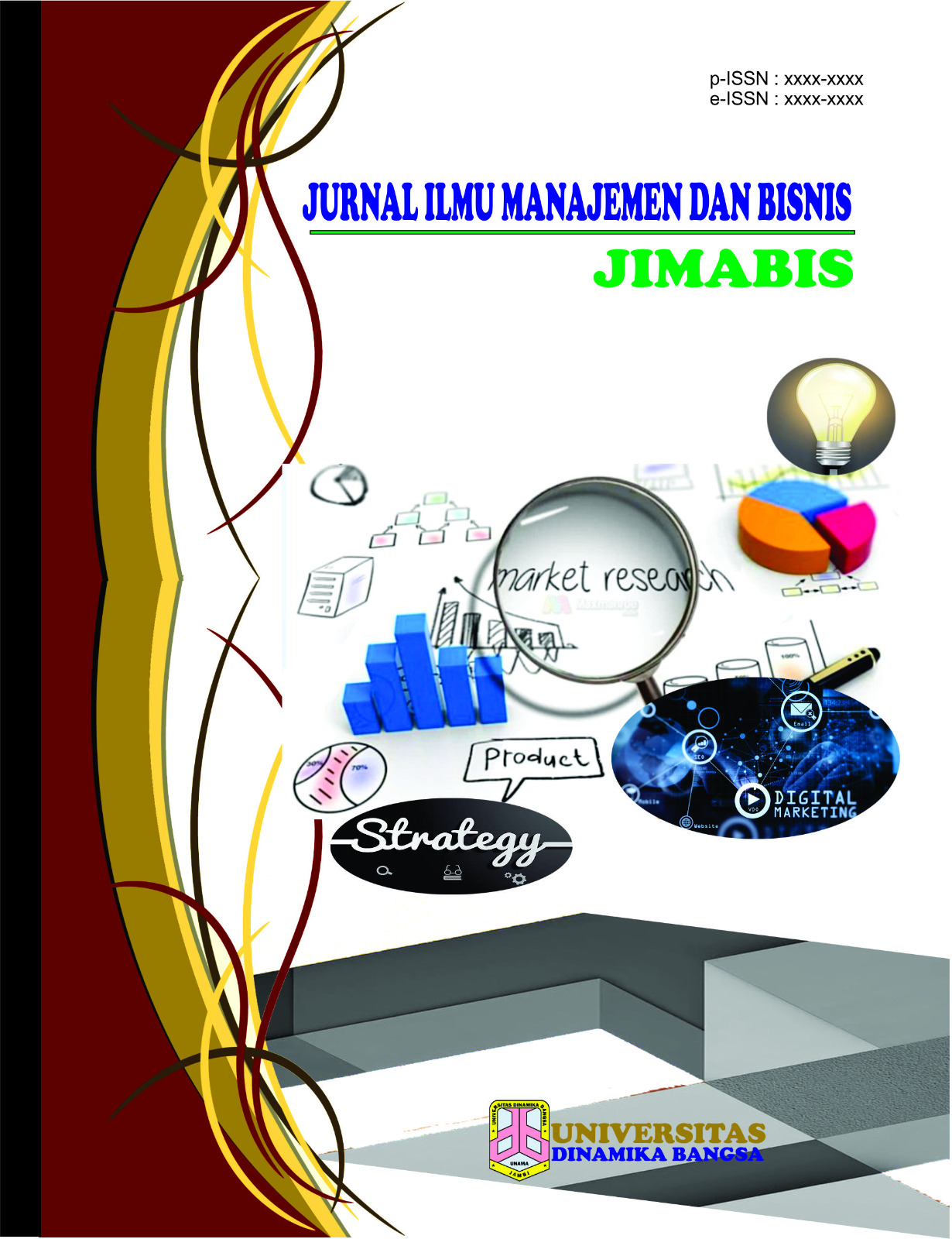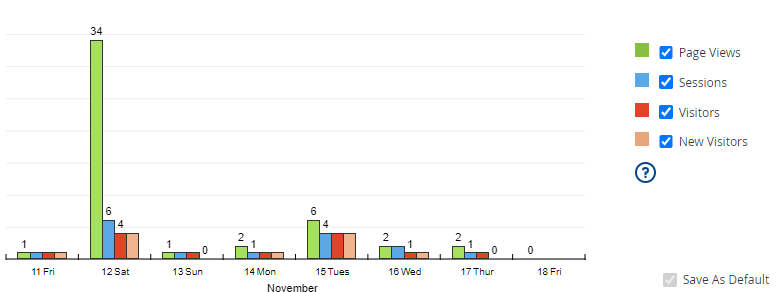User Experience Game Arknights: Sebuah Penerapan Metode Cognitive Walkthrough
DOI:
https://doi.org/10.33998/processor.2024.19.1.1637Keywords:
Arknights, Usability Evaluation, User Experience, Cognitive Walkthrough, Skenario Cognitive WalkthroughAbstract
Every product requires an optimal user experience to ensure user comfort and effective interaction with the product. This research uses the Cognitive Walkthrough method to evaluate the user experience in the Arknights game, a mobile game that won the "Best Innovative Game" award at the Google Play Best Of 2020 awards. The Cognitive Walkthrough method is a user experience evaluation method where respondents are asked to work on scenario-based tasks that have been prepared by researchers. This method will evaluate step by step in a product, to find problems that make users uncomfortable. This evaluation aims to identify potential issues that may disrupt the user experience, especially for new users. The respondents in this study were 5 people with the main criteria being a gamer but had never played the Arknights game. The evaluation results show that Arknights has a high level of comfort overall, with most problems being minor and not affecting the main functions of the game. The issues identified were mostly related to specific in-game tasks, such as upgrading operators and change assistants, as well as basic in-game features. However, these issues are minor and do not hinder the gaming experience significantly. This evaluation shows that Arknights is a game that is easy to play and enjoy, especially for new users.
Downloads
References
D. Z. Abidin, S. Nurmaini, Erwin, E. Rasywir, and Y. Pratama, “Indoor Positioning System in Learning
Approach Experiments,” J. Electr. Comput. Eng., vol. 2021, 2021, doi: 10.1155/2021/6592562.
L. F. Lina and L. Ahluwalia, “Customers’ impulse buying in social commerce: The role of flow
experience in personalized advertising,” J. Manaj. Maranatha, vol. 21, no. 1, pp. 1–8, 2021, doi:
28932/jmm.v21i1.3837.
A. C. Willyan, M. Fajar, and B. Zaman, “Analisis Dan Desain Kembali Ui Game Smartest Brain
Menggunakan Metode Design Thinking,” KHARISMA Tech, vol. 17, no. 2, pp. 30–44, 2022, doi:
55645/kharismatech.v17i2.231.
K. Widhiyanti, K. Dewangga, and F. Almukhtar, “Game Design Factor Questionerin User Experience
Analysis on Selera Nusantara Game,” Indones. J. Inf. Syst., vol. 4, no. 2, pp. 140–154, 2022, doi:
24002/ijis.v4i2.5449.
G. Hartono and D. Priharsari, “Analisis User Experience Konten Spiral Abyss Challenge dari Video
Game Genshin Impact menggunakan Game Experience Questionnaire (GEQ),” J. Pengemb. Teknol. Inf.
dan Ilmu Komput., vol. 6, no. 8, pp. 3838–3846, 2022, [Online]. Available: http://j-ptiik.ub.ac.id.
Y. Hartiwi, E. Rasywir, Y. Pratama, and P. A. Jusia, “Eksperimen Pengenalan Wajah dengan fitur
Indoor Positioning System menggunakan Algoritma CNN,” J. Paradig. UBSI, vol. 22, no. 2, 2020.
R. ROSDIANA, Ruli Herdiana, Ryan Hmonangan, Umi Hayati, and Tati Suprapti, “Prediksi Financial
Distress Perusahaan Food and Beverage Menggunakan Metode Naive Beyes,” J. Ilm. Betrik, vol. 13, no.
, pp. 208–220, 2022, doi: 10.36050/betrik.v13i2.461.
A. Bahrudin, Jupriyadi, and Permata, “Optimasi Arsip Penyimpanan Dokumen Foto Menggunakan
Algoritma Kompresi Deflate (Studi Kasus :Studio Muezzart),” J. Ilm. Infrastruktur Teknol. Inf., vol. 1,
no. 2, pp. 14–18, 2020, doi: 10.33365/jiiti.v1i2.582.
E. Gulo, “Inovasi IPTEK dan Mutu Pendidikan dan Berintegritas,” Semin. Nas. Huk. Univ. Negeri
Semarang, vol. 7, no. 2, pp. 523–546, 2021.
A. C. Zarkasi, A. S. Wardani, and S. Sucipto, “Analisa User Experience Terhadap Fitur Di Aplikasi
Zenius Menggunakan Heart Framework,” METHOMIKA J. Manaj. Inform. dan Komputerisasi Akunt.,vol. 6, no. 6, pp. 174–179, 2022, doi: 10.46880/jmika.vol6no2.pp174-179.
E. Tahirović and S. Krivić, “Interpretability and Explainability of Logistic Regression Model for Breast
Cancer Detection,” in Proceedings ofthe 15th International Conference on Agents and Artificial
Intelligence (ICAART2023), 2023, vol. 3, no. Icaart, pp. 161–168, doi: 10.5220/0011627600003393.
H. Bastian, D. H. Yanuarsari, A. M. Sulaiman, and M. Taufik, “Analisis User Interface Game ‘Babybus
Kids’ Sub Topik Penyelamat dalam Gempa menggunakan Pendekatan The Golden Rules Of User
Interface Design,” ANDHARUPA J. Desain Komun. Vis. Multimed., vol. 8, no. 3, pp. 399–409, 2023,
doi: 10.33633/andharupa.v8i3.7321.
D. Darwis, N. Siskawati, and Z. Abidin, “Penerapan Algoritma Naive Bayes Untuk Analisis Sentimen
Review Data Twitter Bmkg Nasional,” J. Tekno Kompak, vol. 15, no. 1, p. 131, 2021, doi:
33365/jtk.v15i1.744.
A. N. Isneni, T. T. Putranto, and D. Trisnawati, “Analisis Sebaran Daerah Rawan Longsor Menggunakan
Remote Sensing dan Analytical Hierarchy Process (AHP) di Kabupaten Magelang Provinsi Jawa
Tengah,” J. Geosains dan Teknol., vol. 3, no. 3, pp. 149–160, 2020, doi: 10.14710/jgt.3.3.2020.149-160.
Y. Wang, J. Gao, Z. Li, and L. Zhao, “Robust and accurate Wi-Fi fingerprint location recognition
method based on deep neural network,” Appl. Sci., vol. 10, no. 1, 2020, doi: 10.3390/app10010321.
J. Wei, C. H. Chiu, F. Huang, J. Zhang, and C. Cai, “A cost-effective decentralized vehicle remote
positioning and tracking system using BeiDou Navigation Satellite System and Mobile Network,”
Eurasip J. Wirel. Commun. Netw., vol. 2019, no. 1, pp. 0–8, 2019, doi: 10.1186/s13638-019-1436-y.
D. Spatharakis et al., “A scalable Edge Computing architecture enabling smart offloading for Location
Based Services,” Pervasive Mob. Comput., vol. 67, p. 101217, 2020, doi: 10.1016/j.pmcj.2020.101217.
A. Muhammad Azizi, P. Korespondensi, and F. Ariany, “Sistem Informasi Pengajuan Cuti Pegawai
Menggunakan Metode Pengujian Iso 25010 (Study Kasus : Pt Mutiara Ferindo Internusa),” vol. 4, no. 3,
pp. 326–334, 2023, [Online]. Available: https://doi.org/10.33365/jatika.v4i3.3721.
D. K. Pramudito, T. W. Nurdiani, B. Winardi, A. Y. Rukmana, and K. Kraugusteeliana, “Website User
Interface Design Using Data Mining Task Centered System Design Method At National Private
Humanitarian Institutions,” Indones. J. Artif. Intell. Data Min., vol. 6, no. 2, p. 281, 2023, doi:
24014/ijaidm.v6i2.25814.
M. J. Farrell, H. Muslimah Az-Zahra, and R. I. Rokhmawati, “Analisis Kualitas Website Portal Berita
Dan Opini Mojok.Co Menggunakan Webqual 4.0 Dan Importance-Performance Analysis,” 2021.























